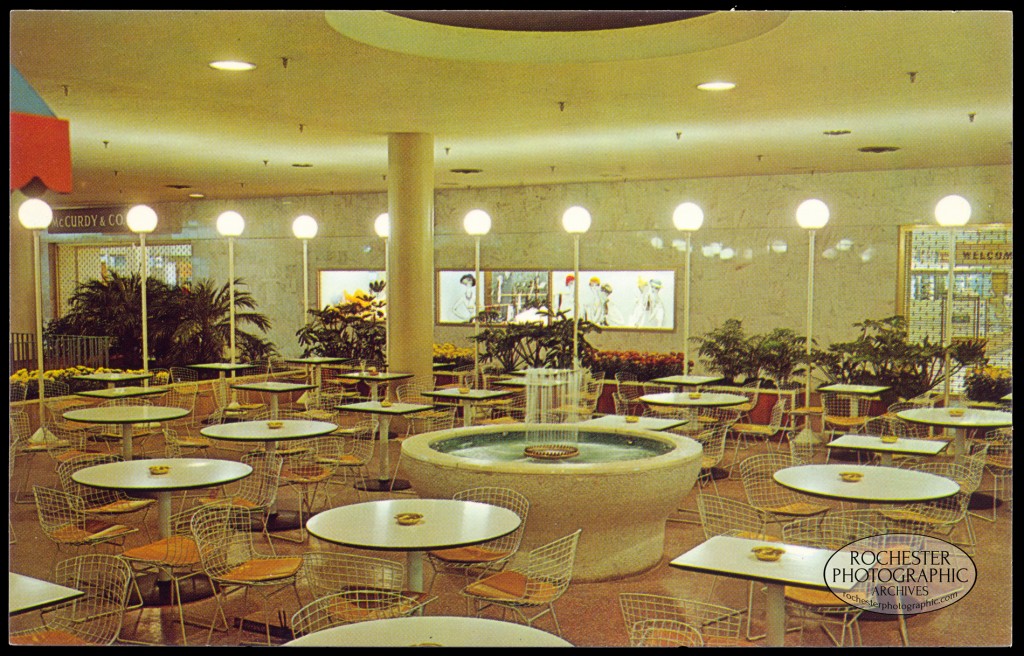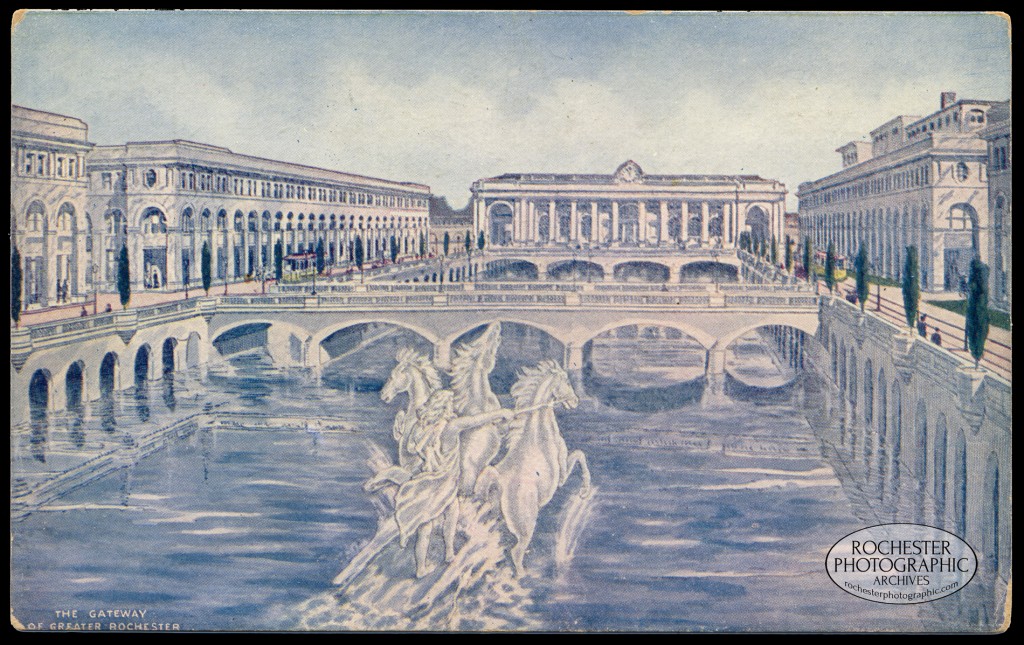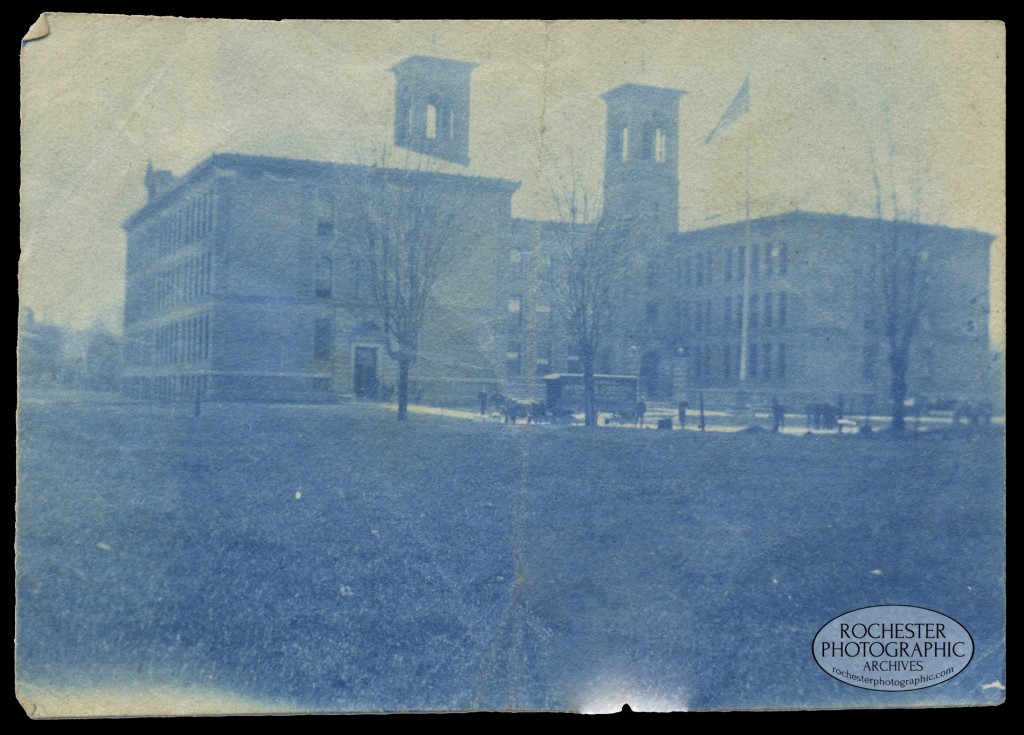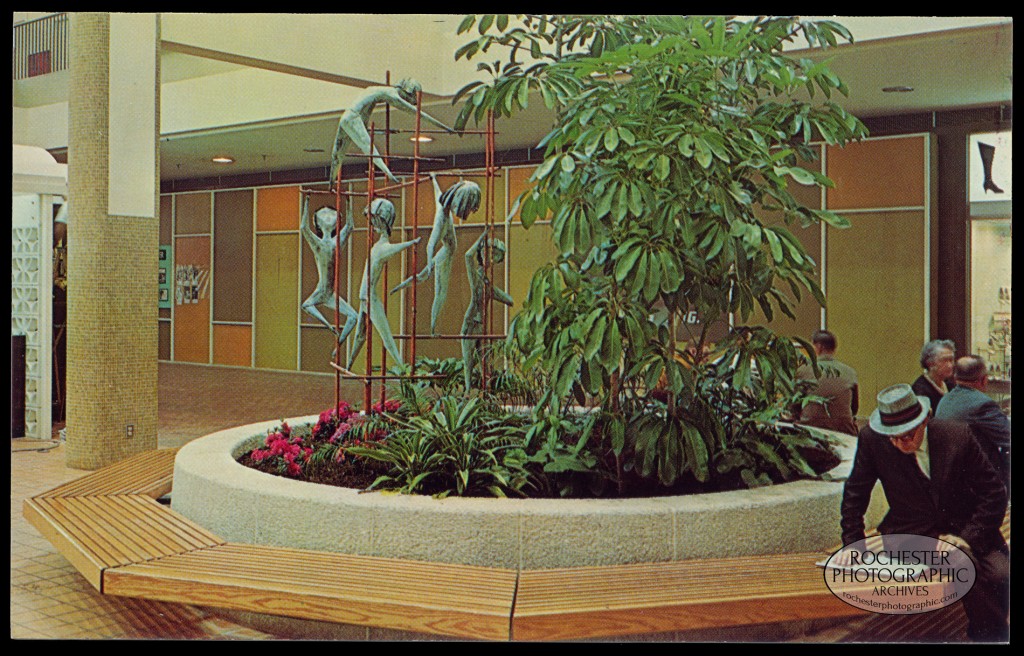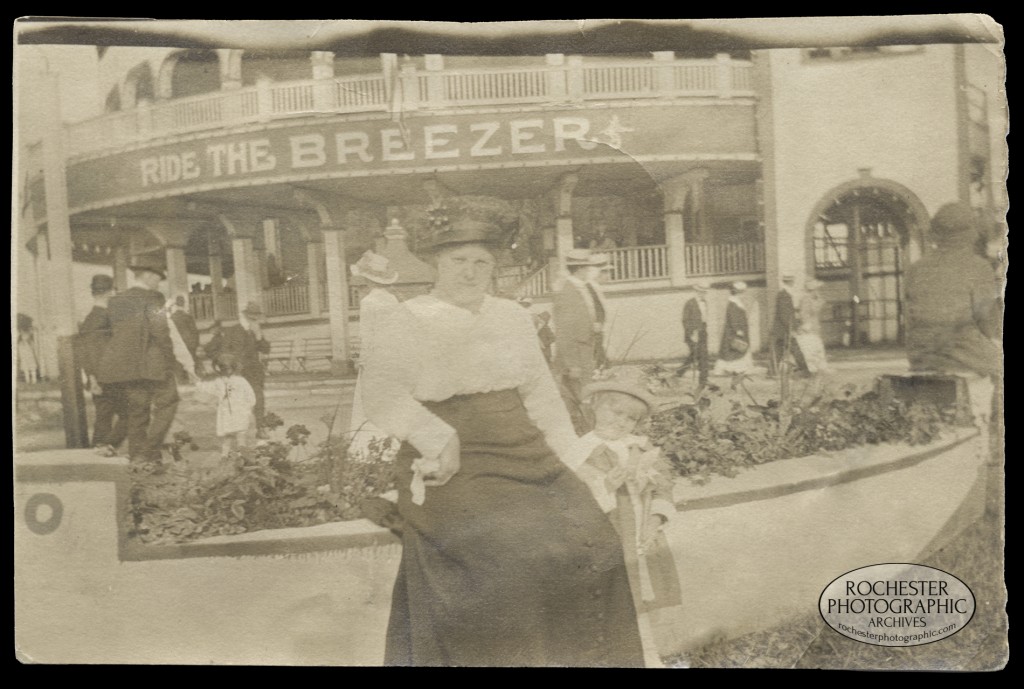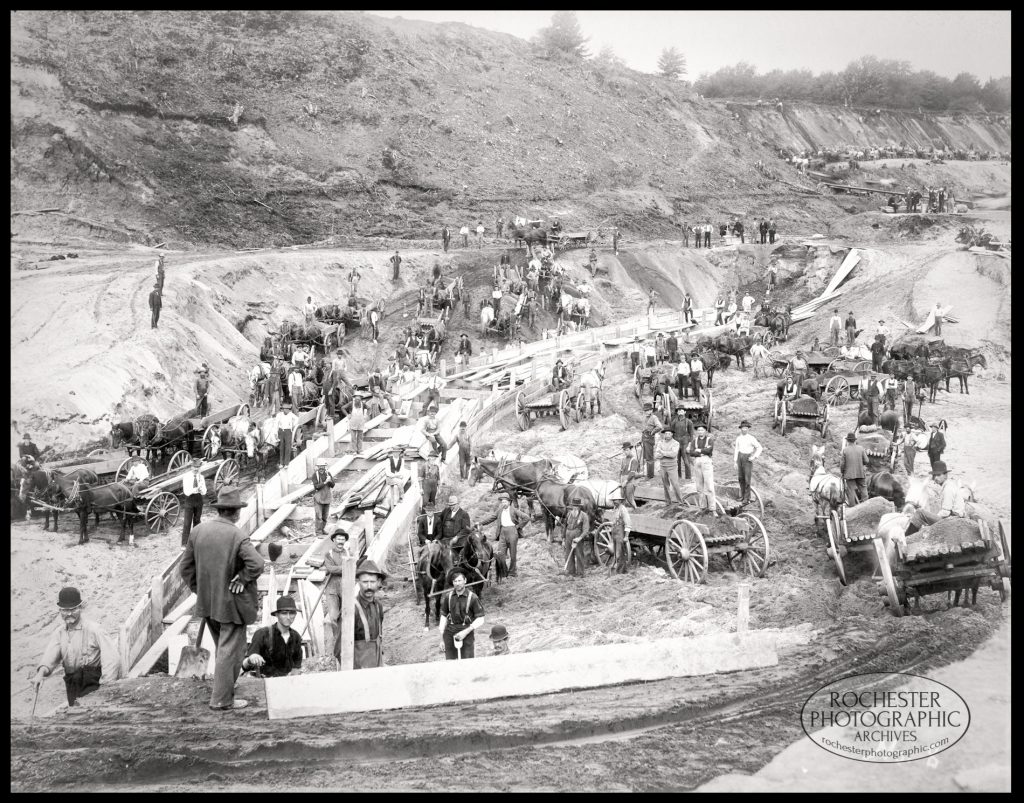
North of Utica in Oneida County on the banks of the Black River is Forestport, New York. Beginning in 1837 and completed in 1855, the Black River Canal was built to connect the river to the Erie Canal. The Forestport feeder was constructed to replenish the canal and accommodate boat traffic. At the end of the 19th century Forestport was a town of sawmills. The Black River was used to transport logs from the Adirondack Mountains to the local mills, making it a major lumber producer. The canal was a vital part of the economy of the town but the entire canal system was in disrepair and breaks happened frequently. Money was misspent, men with no qualifications were given salary in return for political favor and contractors padded their invoices. The canal was leaking water and money. Along with that the railroads were increasingly becoming the main transport of goods. Like many canal towns of that time, Forestport was in decline. In July 1897 the Forestport feeder canal suffered a break. Quickly men were sent to make repairs. Hundreds of Italian immigrant laborers from Utica and far too many foremen descended on the small town. Hotels, saloons and just about everyone else was making money.
The residents of Forestport had a long reputation for lawlessness. After the 1897 break someone suggests that another break would be good for business. Soon the owners of the hotels and saloons were conspiring to break the feeder canal wall. In May 1898 the feeder canal broke again and quickly there was speculation that it was intentional. The people of the town either keep quiet about what they knew, or explained it as a natural event. Everyone knew that business was about to boom. In January 1899 the newly elected Governor Theodore Roosevelt, on his promise to clean up the canal, appoints Colonel John Partridge as Superintendent of New York Department of Public Works. He begins his investigation into the breaks of the previous two years when, in September 1899, the feeder breaks for the third time. Detectives from Pinkerton National Detective Agency were hired to investigate and what they find is a conspiracy unlike any that New York had seen before. In 1900, trials were held in Rome, NY and several men were convicted of deliberately destroying or conspiring to destroy the feeder canal.
These photographs show the repair work after one of the breaks. Men cleared the debris, built paths for the wagons to transport fill and rebuilt the towpath. Kerosene lights were used so work could be continued after dark.
The Forestport Breaks by Michael Doyle is an in-depth examination of these events. It was a great resource in helping to understand these photographs and highly recommended.
Photographs by R.T. Stratton, Utica and Waterville NY. Reproduced from 8”x10” photographs.
TO VIEW FULL GALLERY, CLICK HERE.
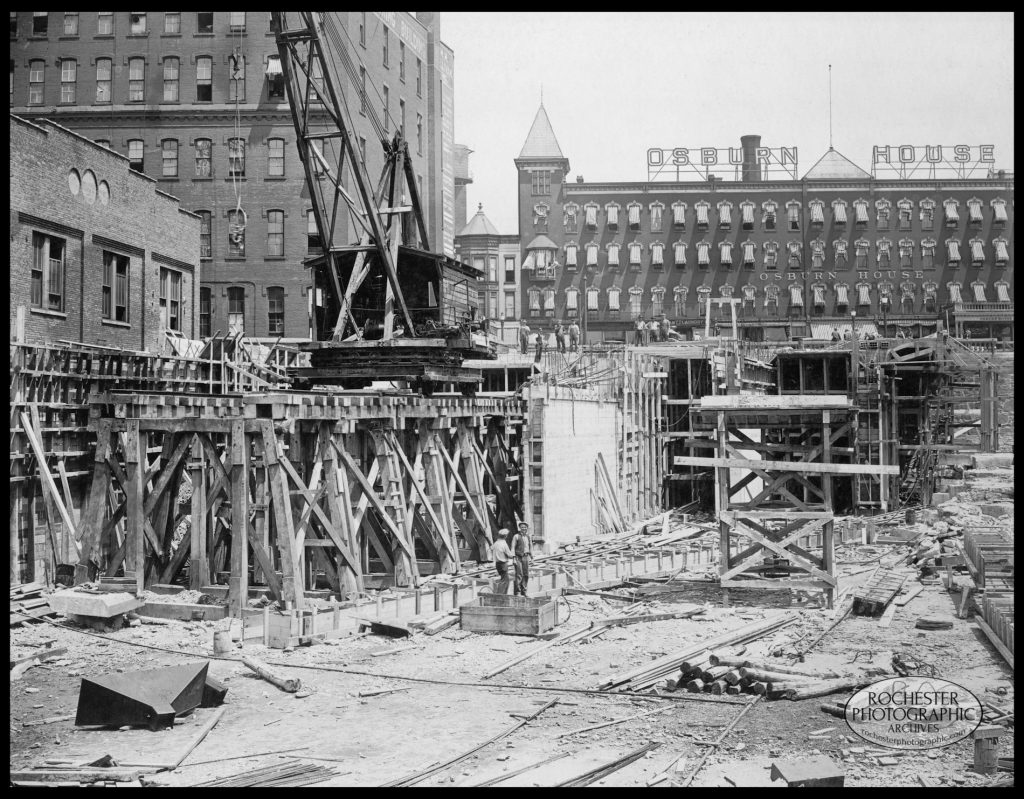
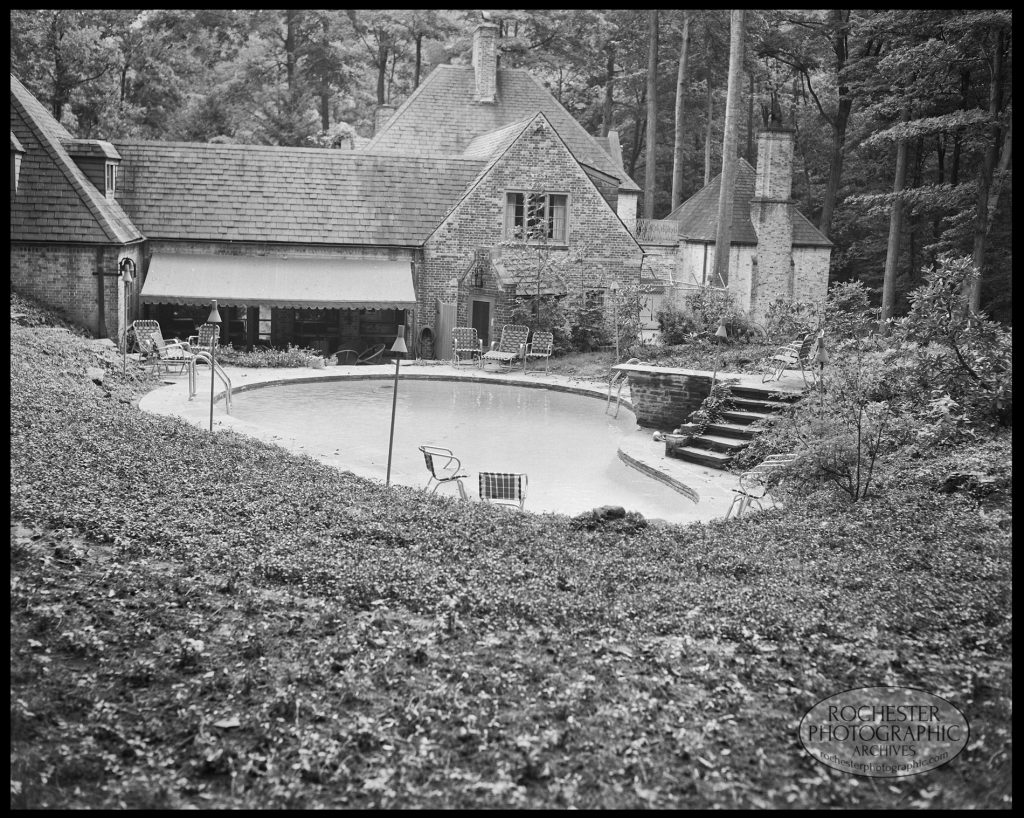
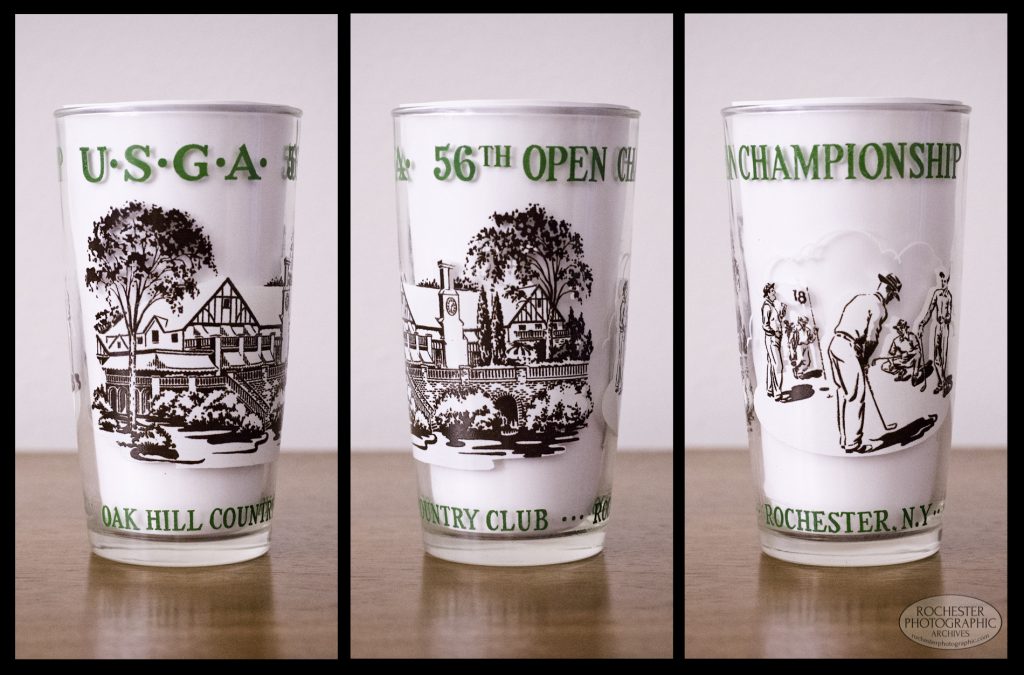
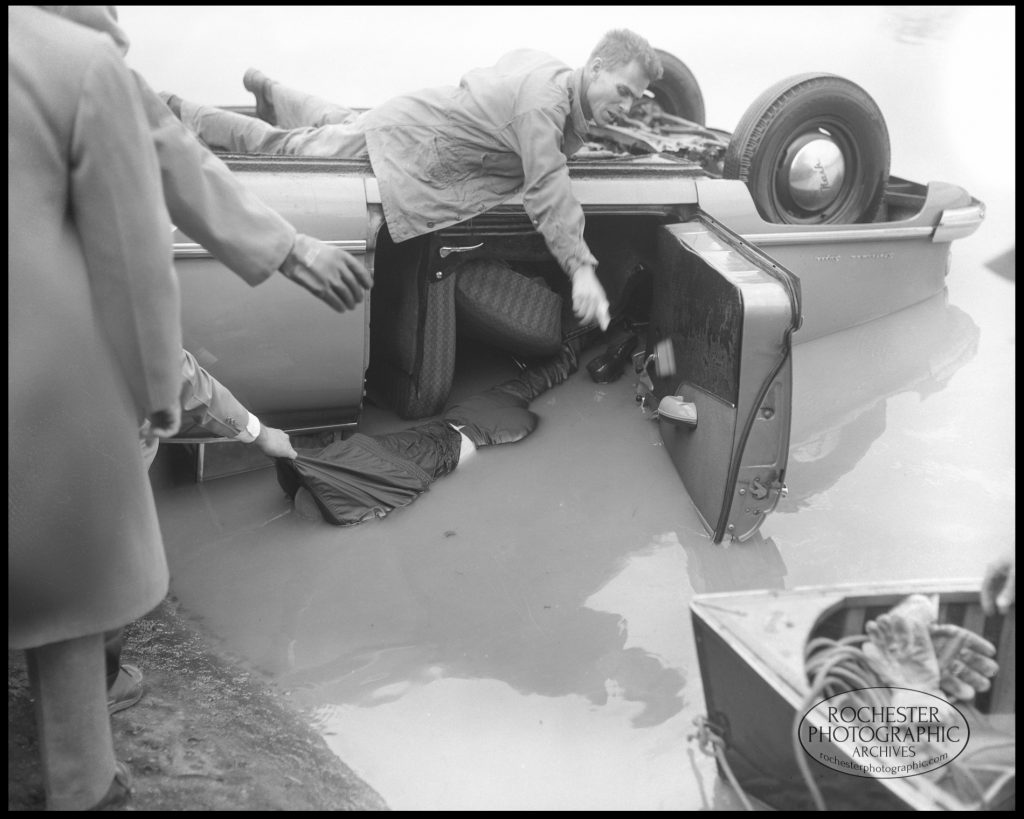
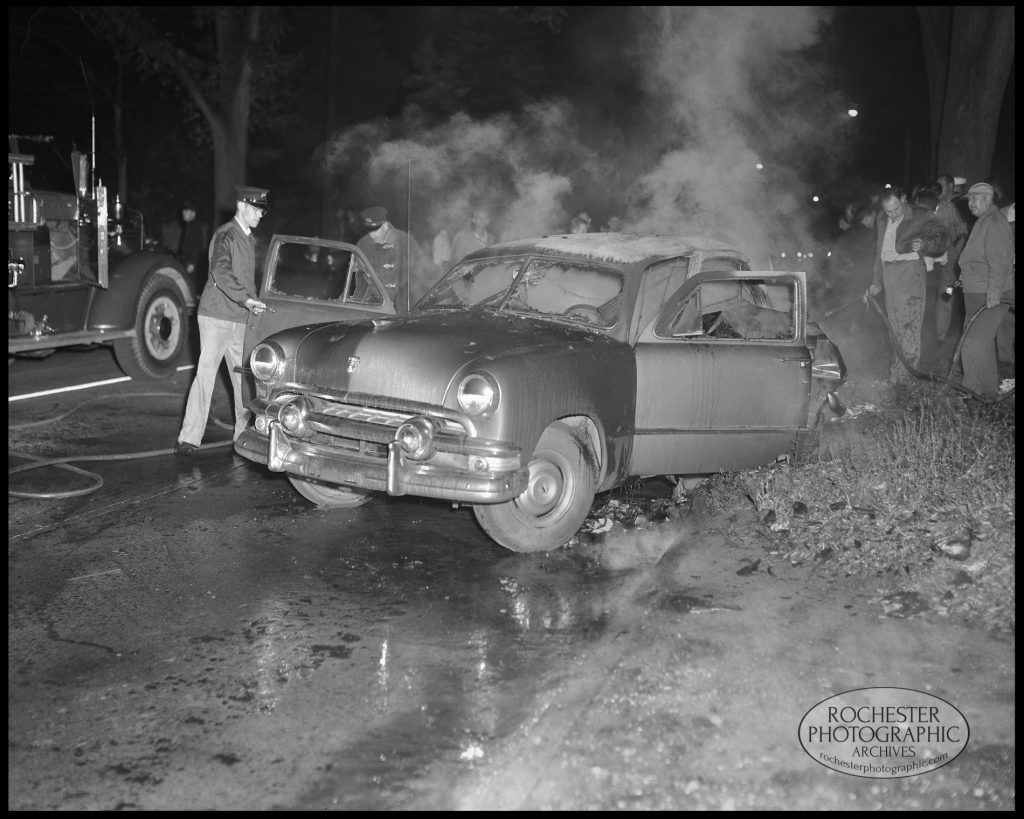
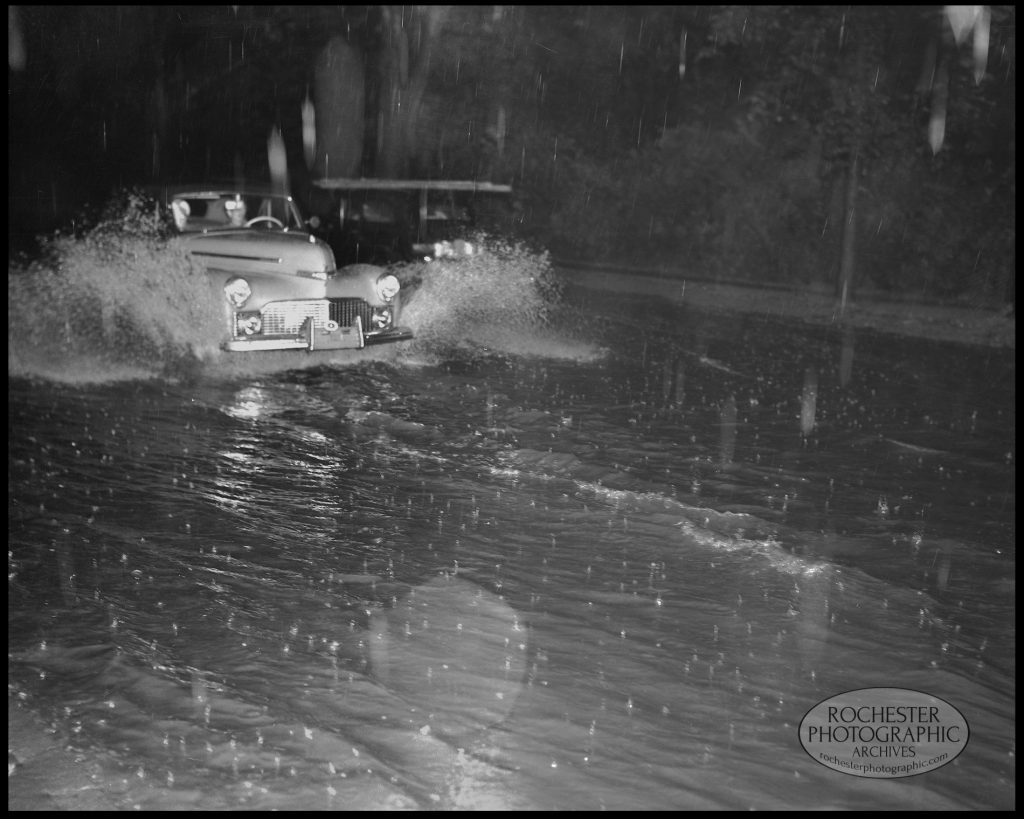

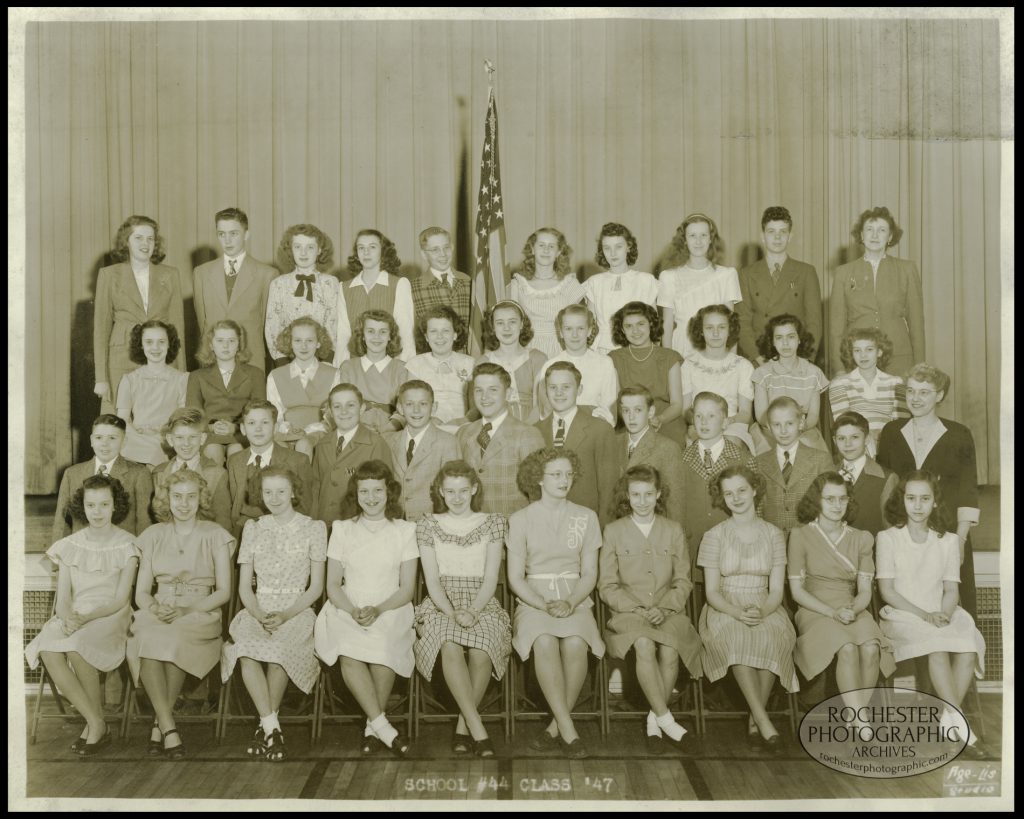

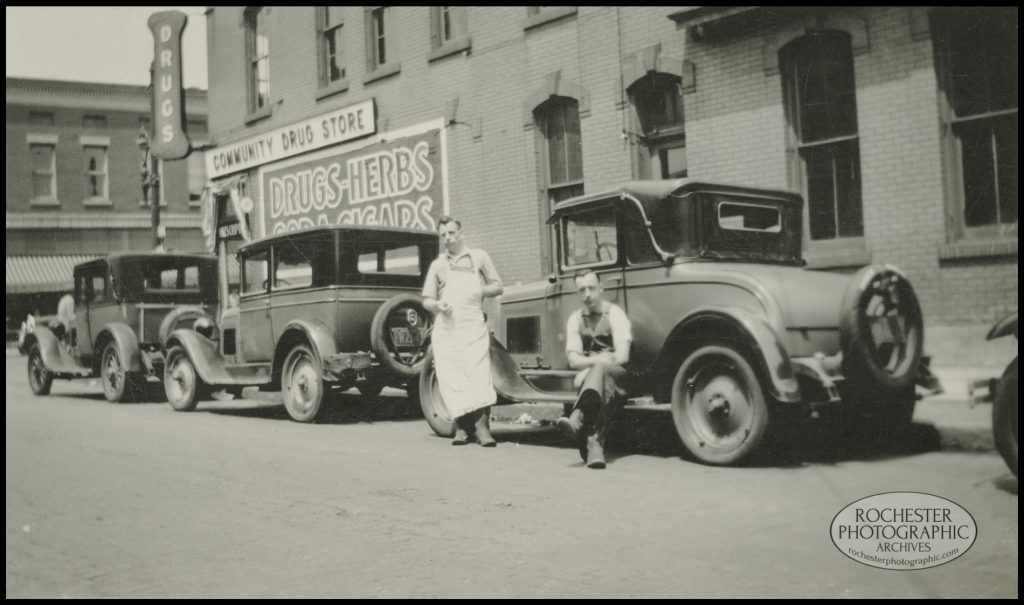
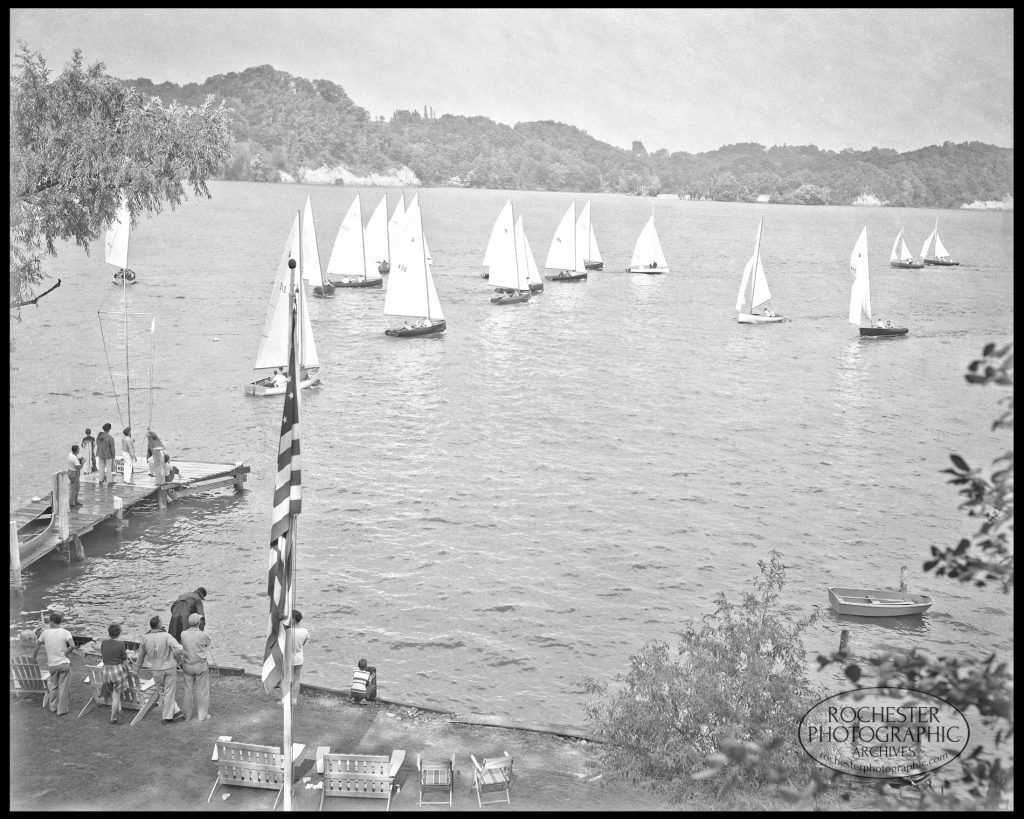
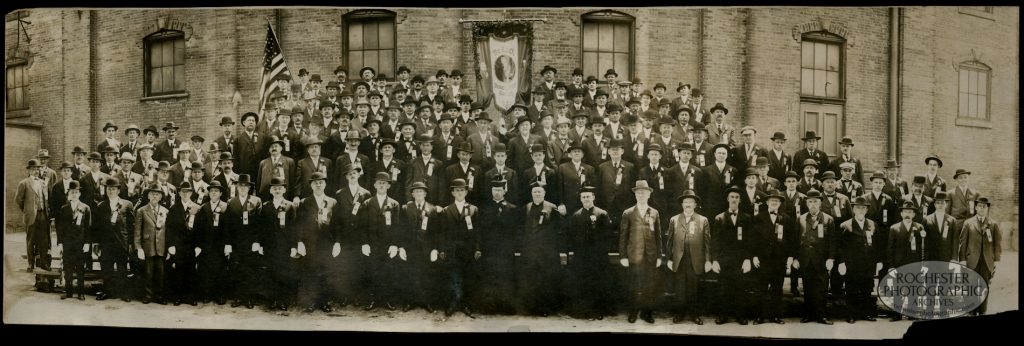
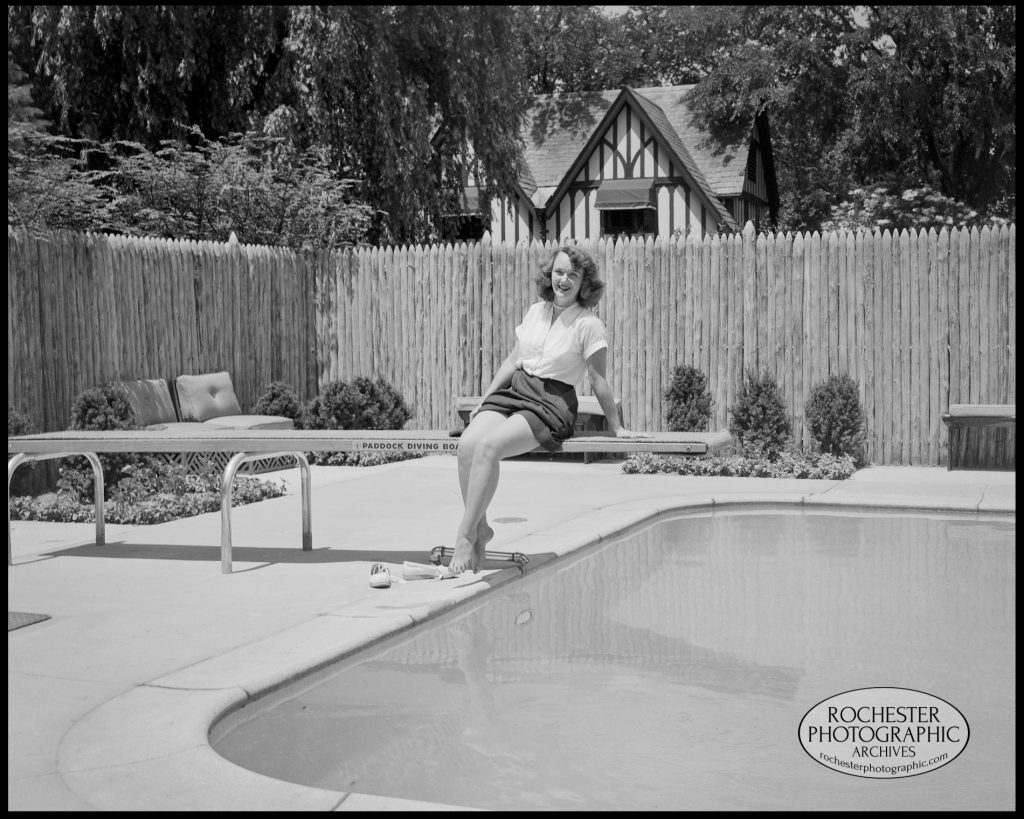
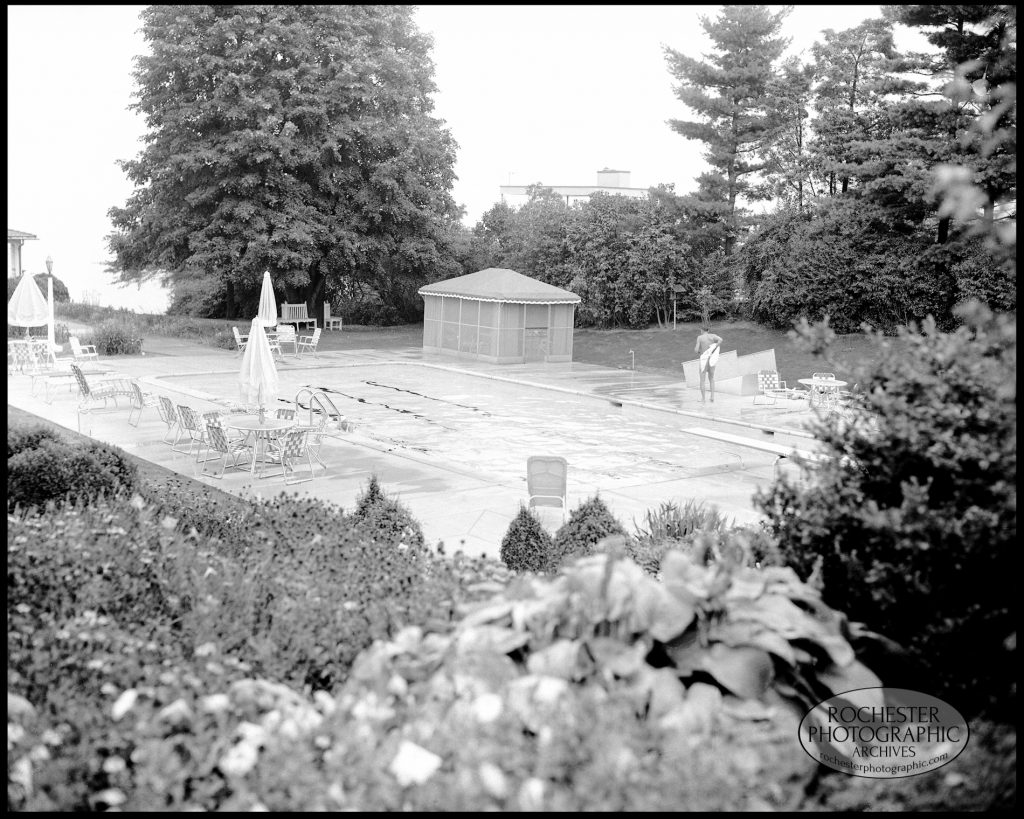
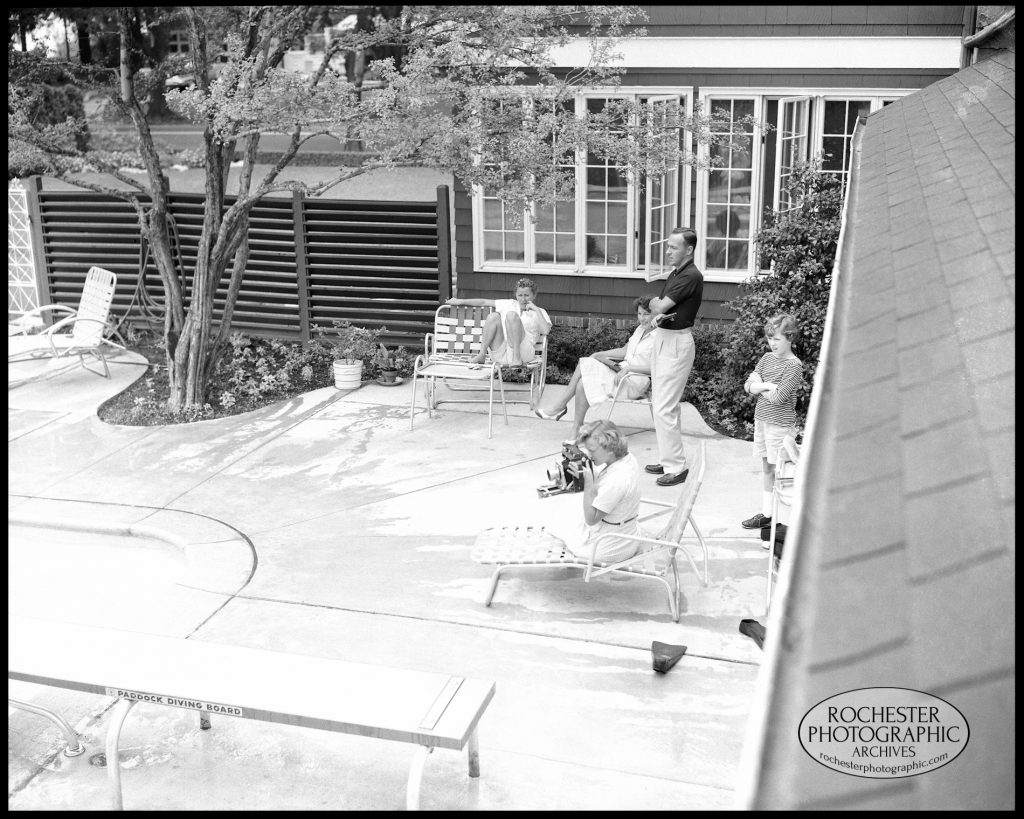


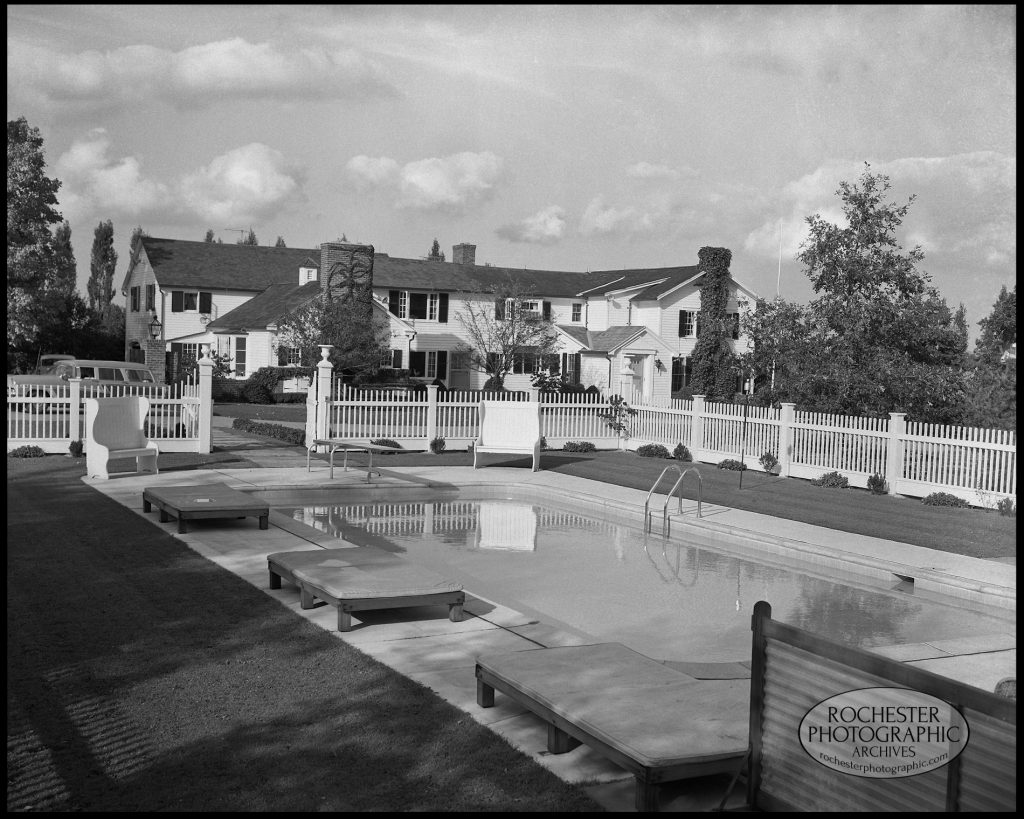
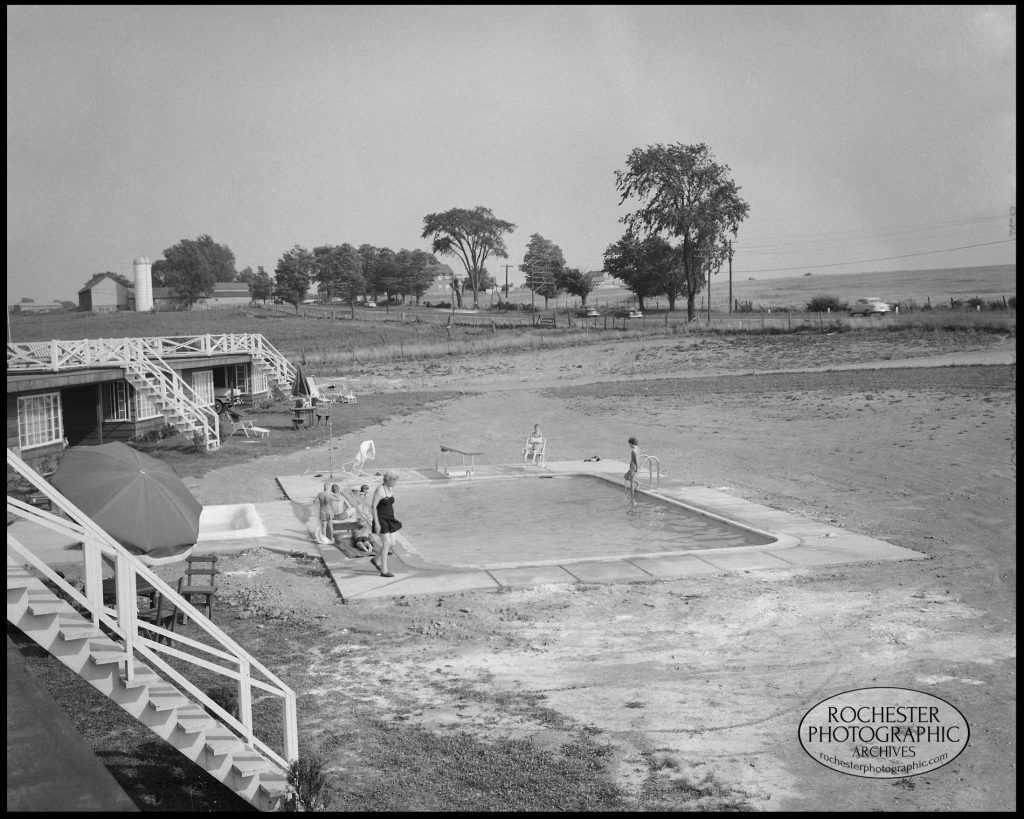
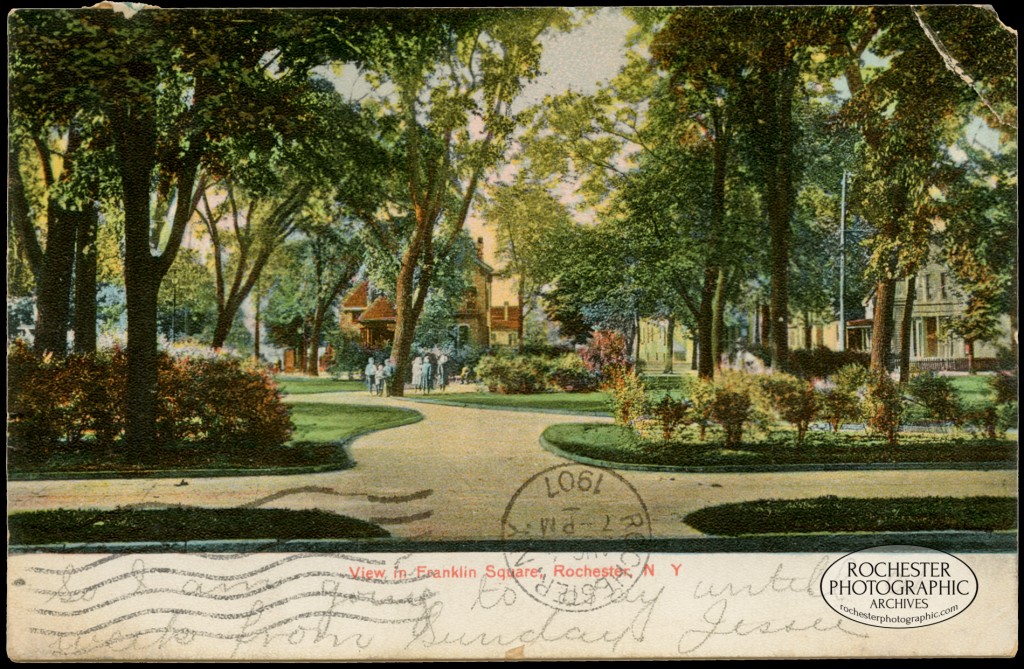
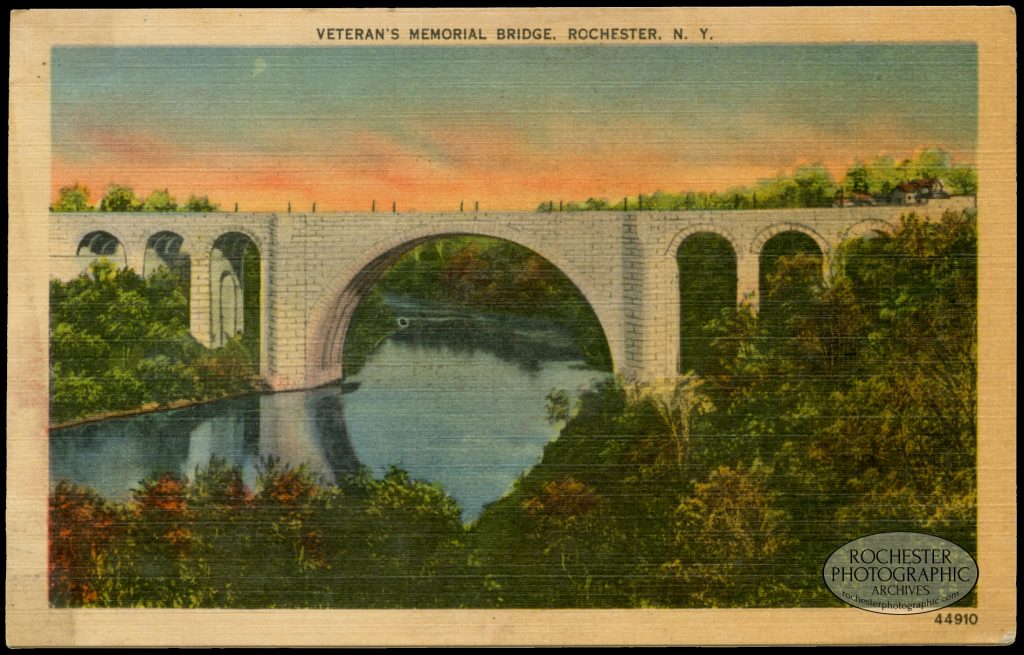
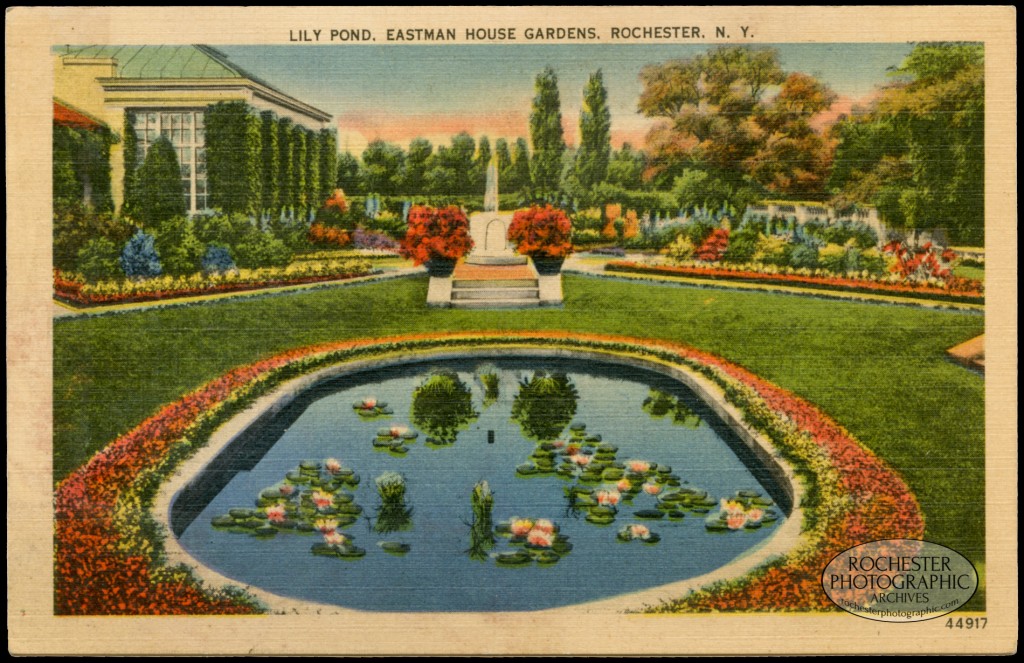
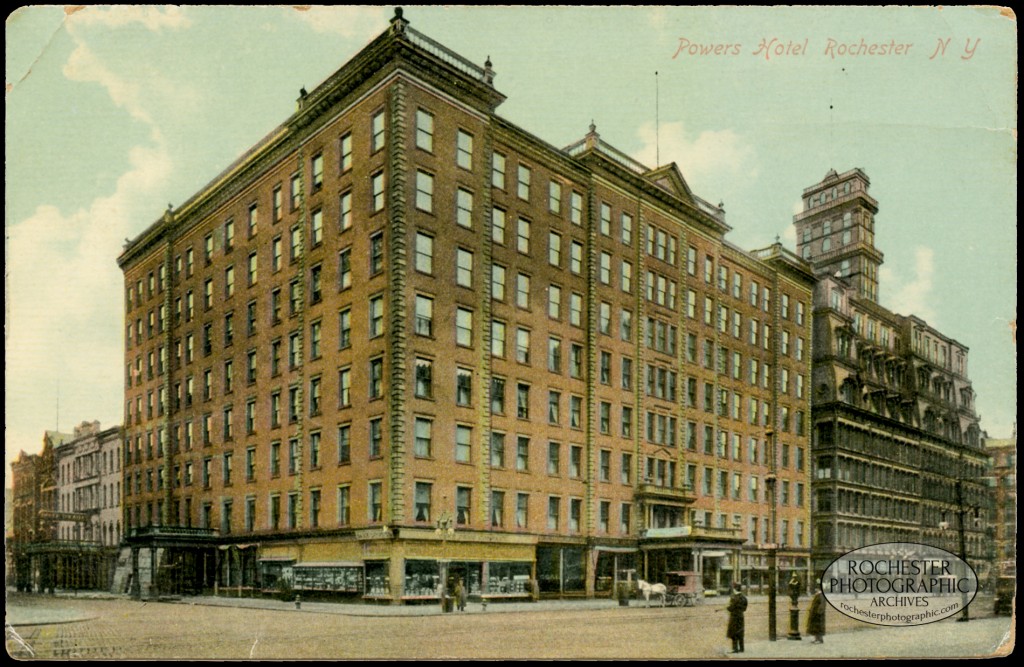
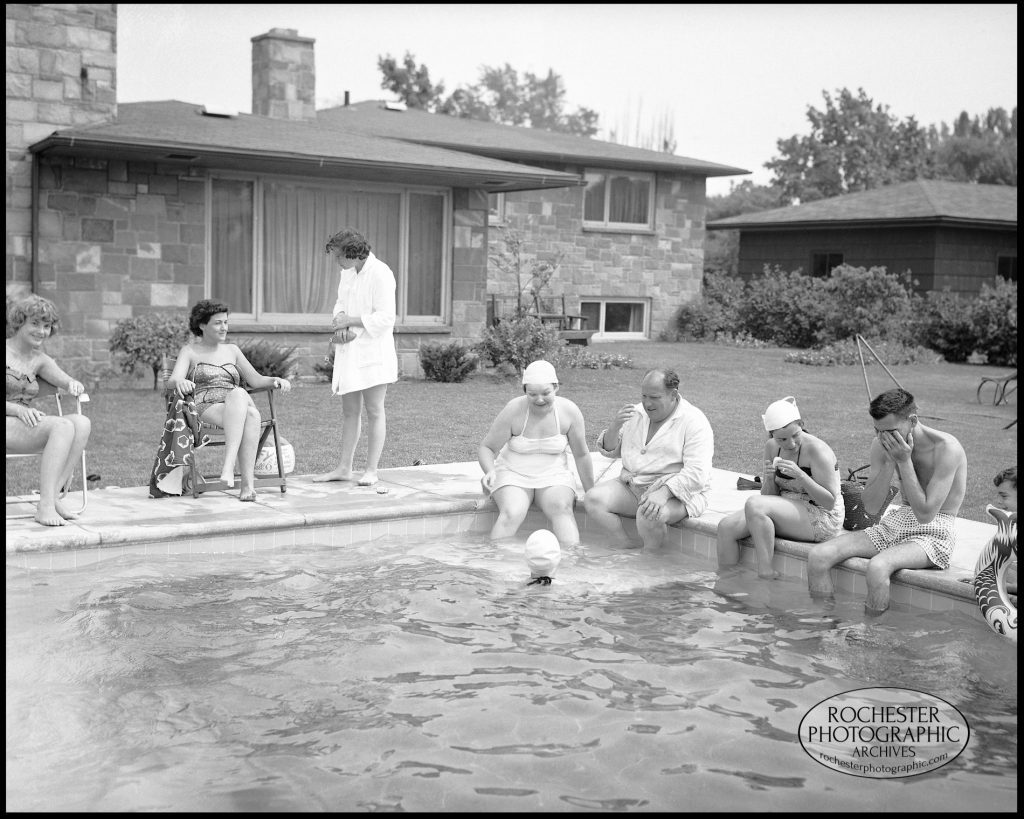
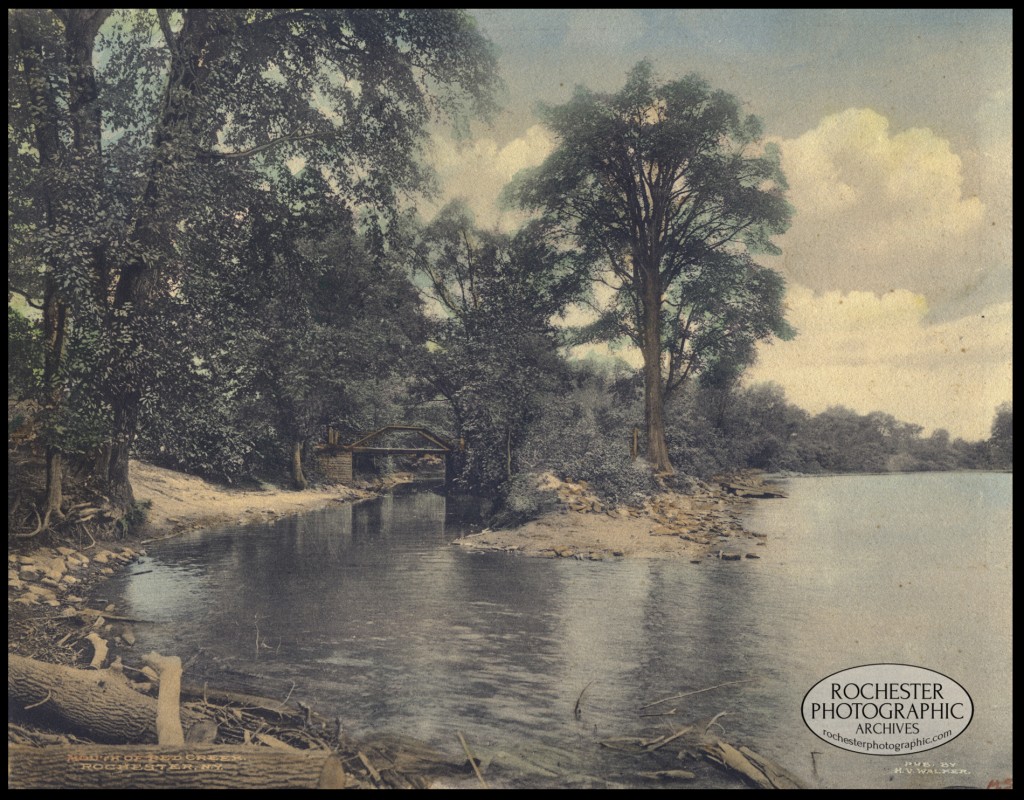
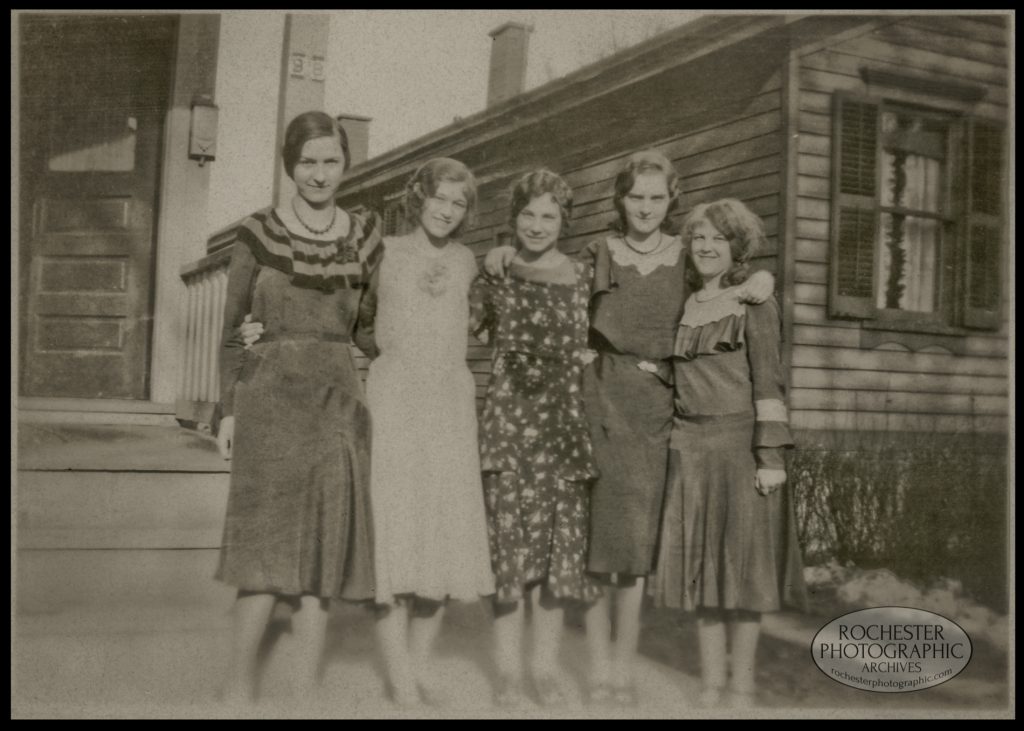 At the time this photograph was taken,
At the time this photograph was taken,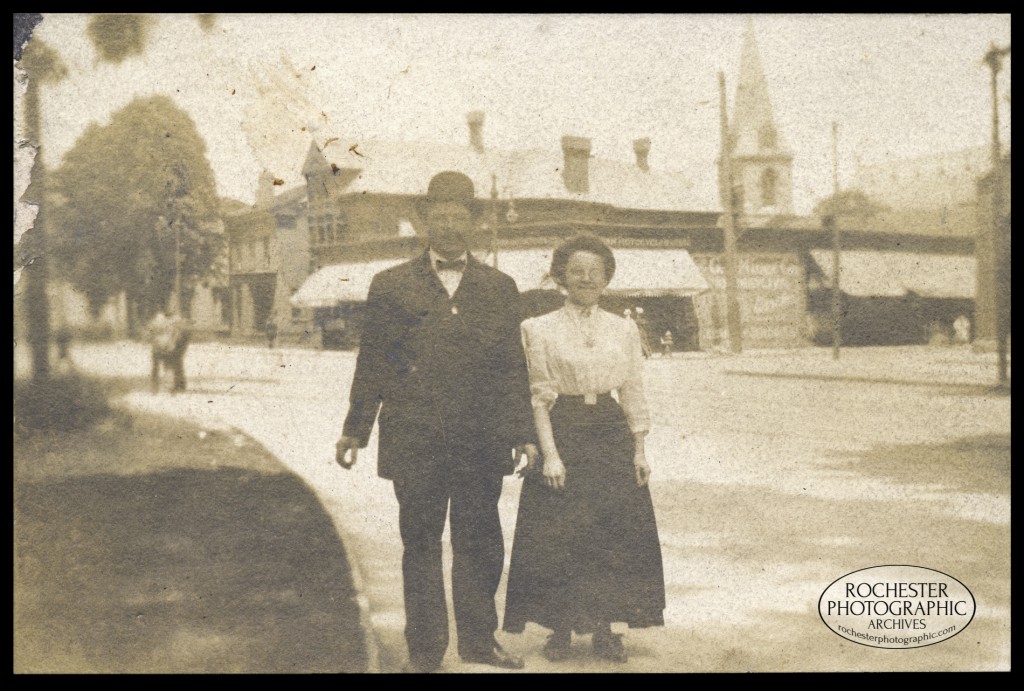
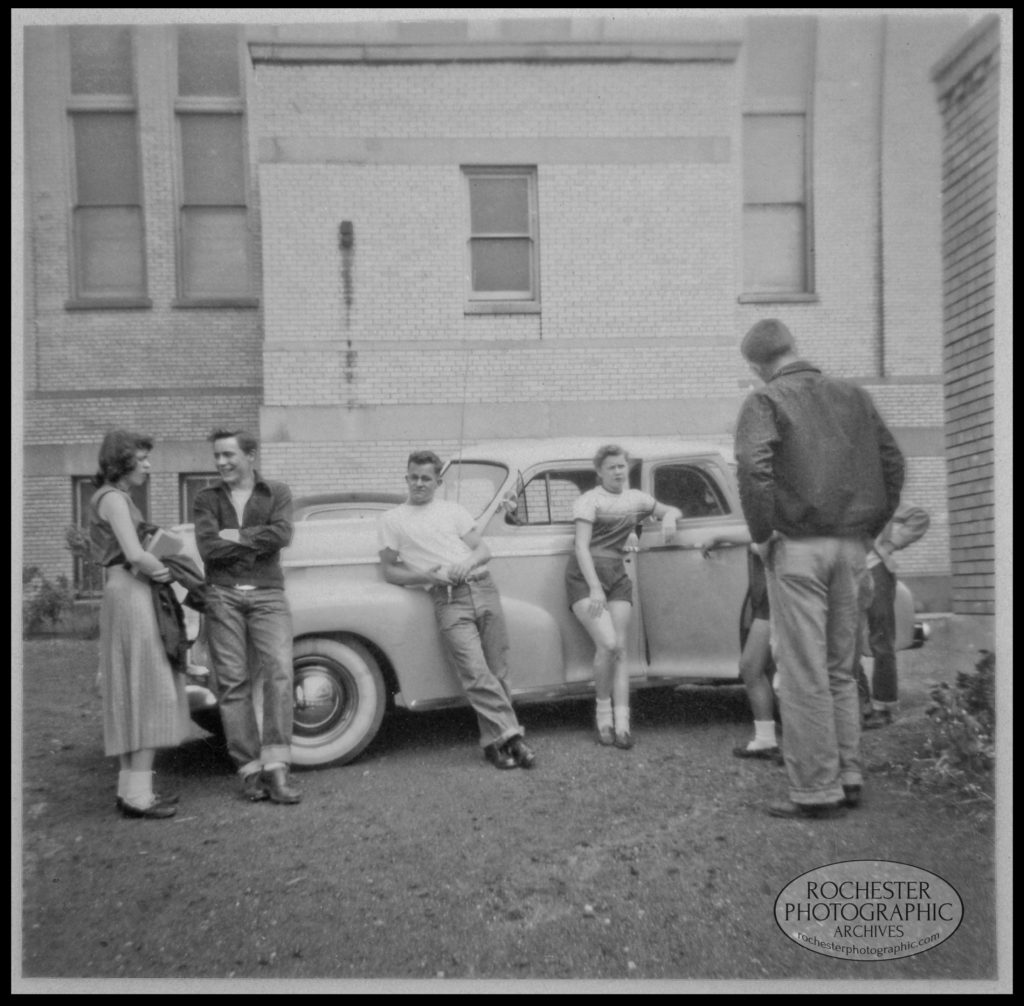 Located at 4115 Lake Avenue, this view is
Located at 4115 Lake Avenue, this view is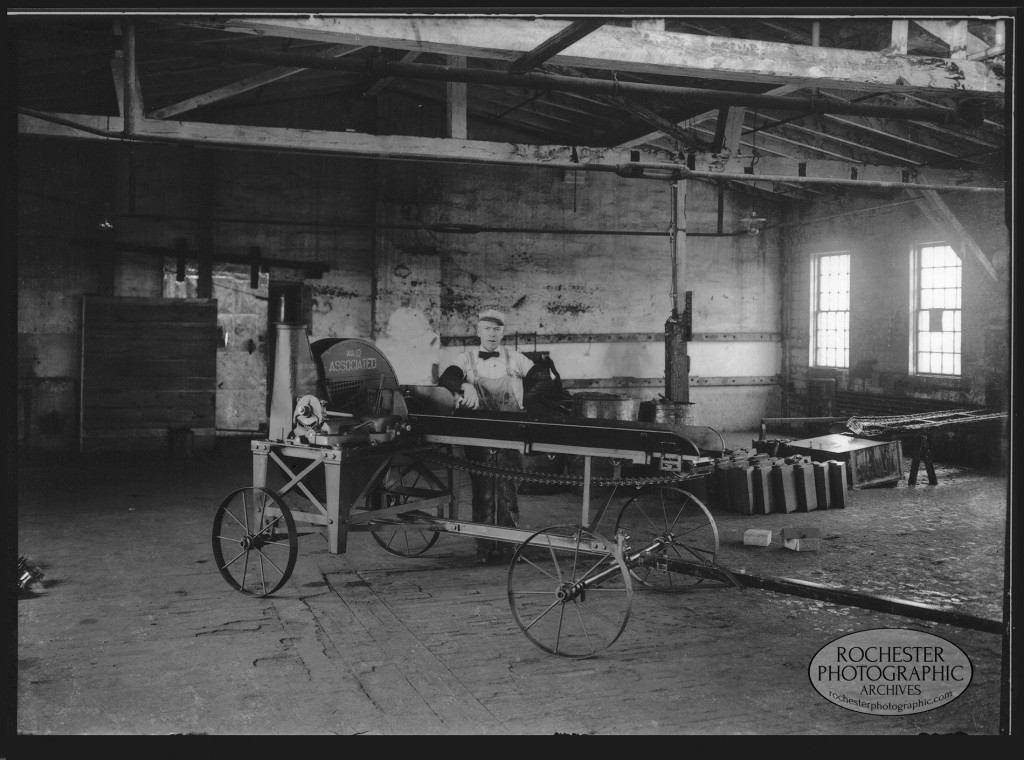 Beginning in the early 1900’s through the 1980’s, the Papec Machine Company of Shortsville New York manufactured farming implements known worldwide for their
Beginning in the early 1900’s through the 1980’s, the Papec Machine Company of Shortsville New York manufactured farming implements known worldwide for their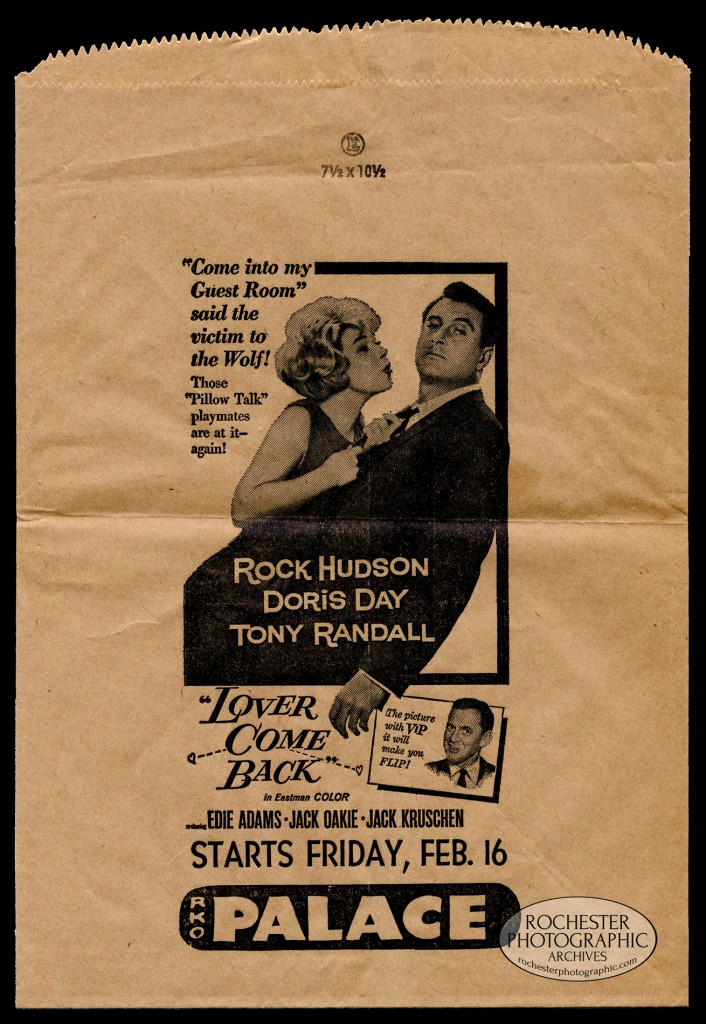
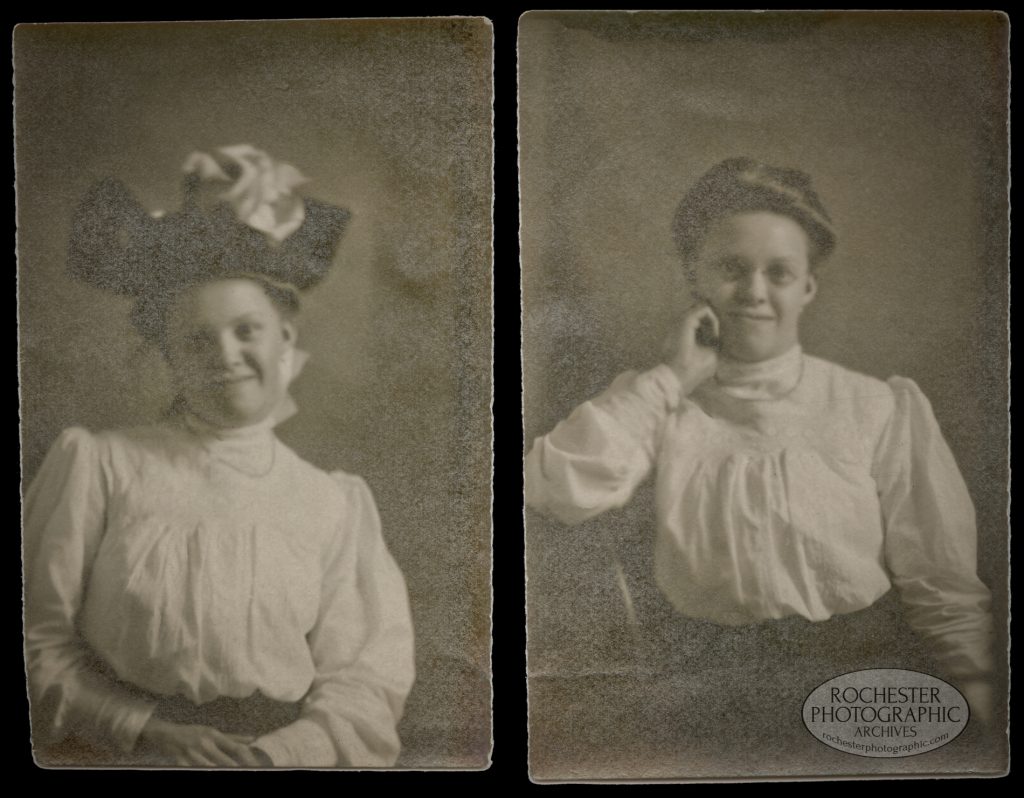 Printed on reverse: “MADE BY VERA PHOTO CO. 273 MAIN ST. EAST,
Printed on reverse: “MADE BY VERA PHOTO CO. 273 MAIN ST. EAST,